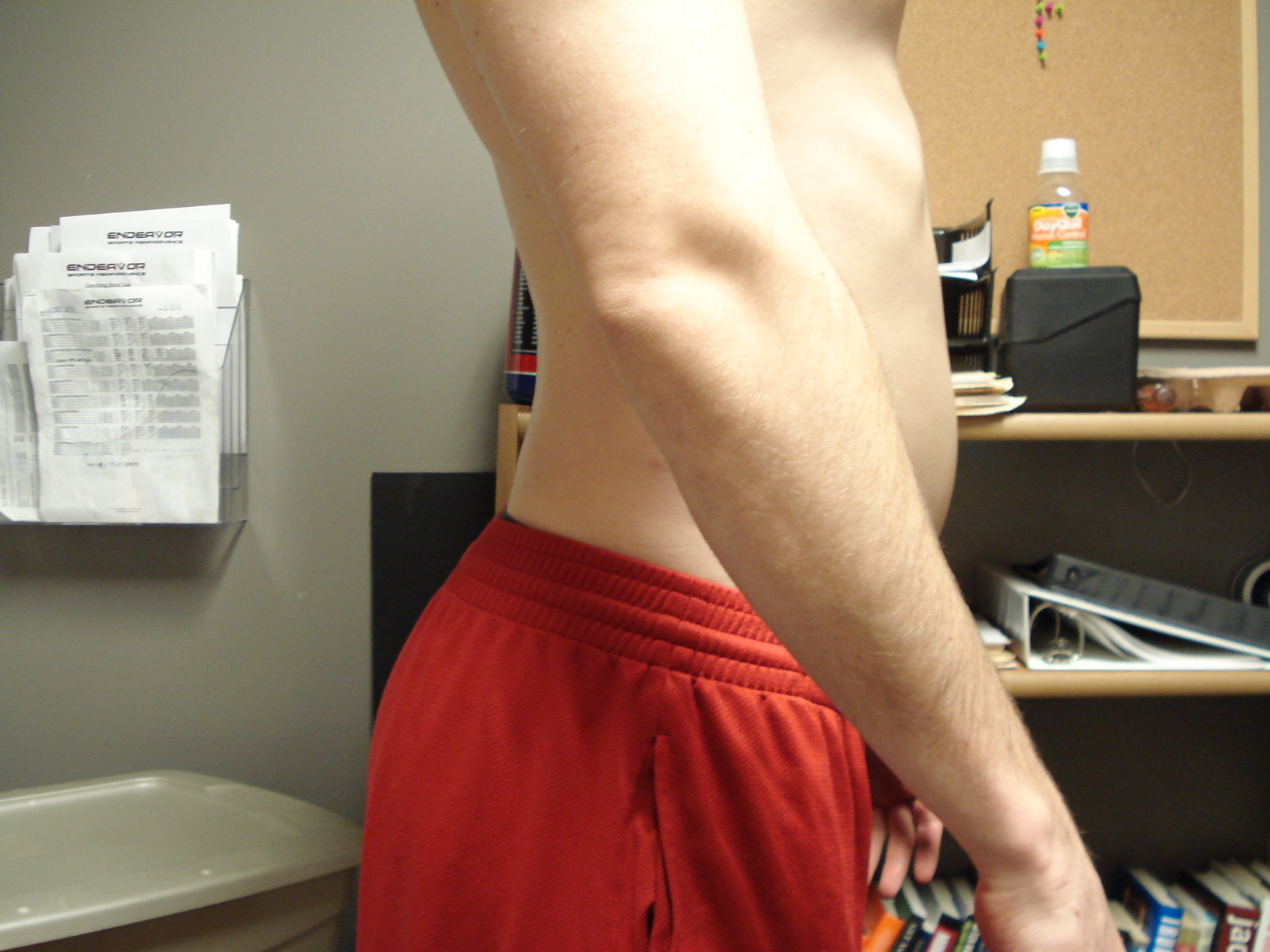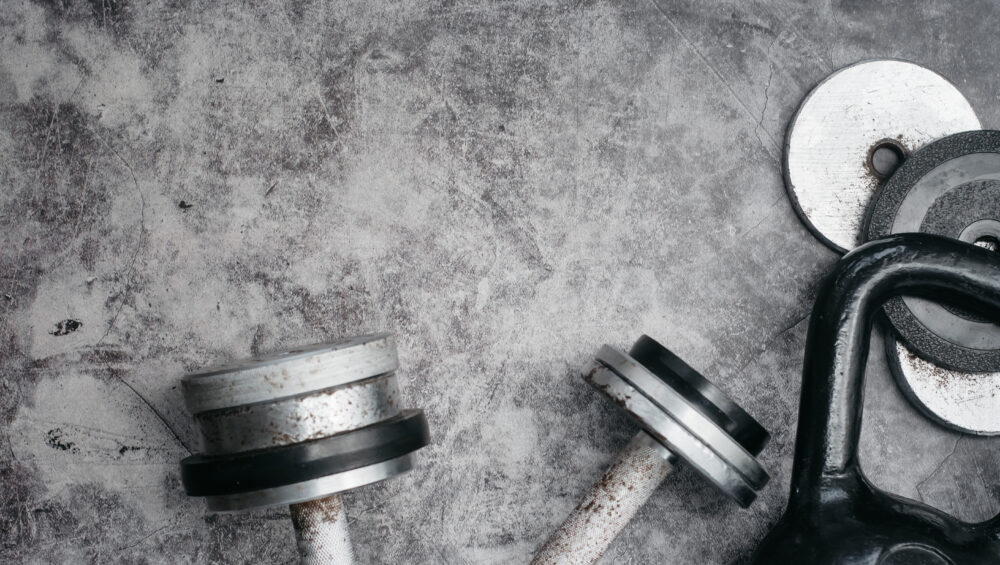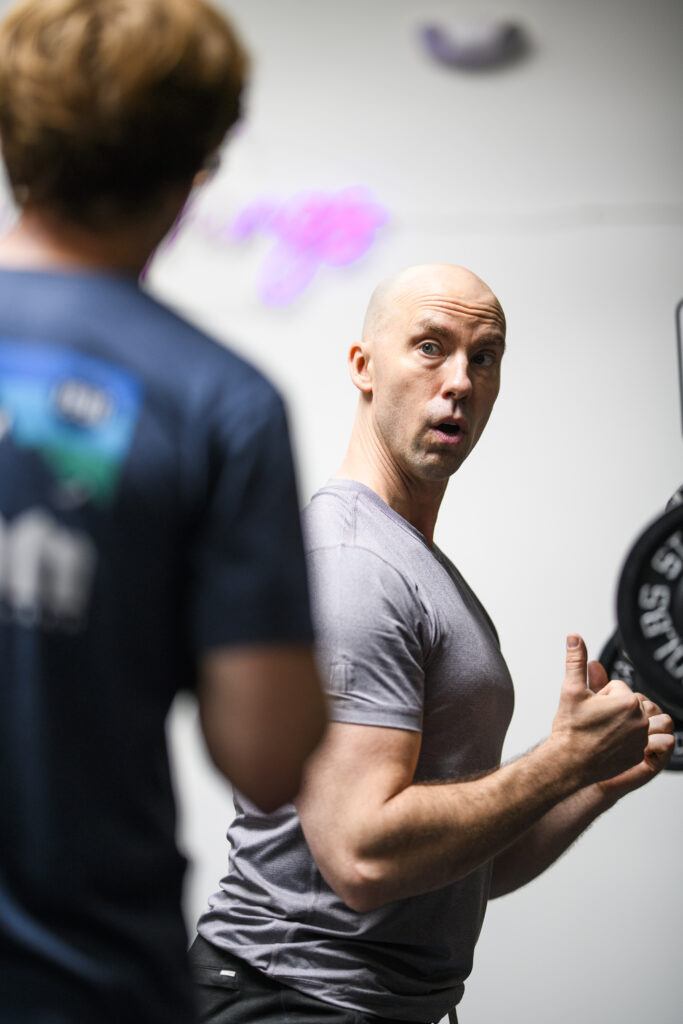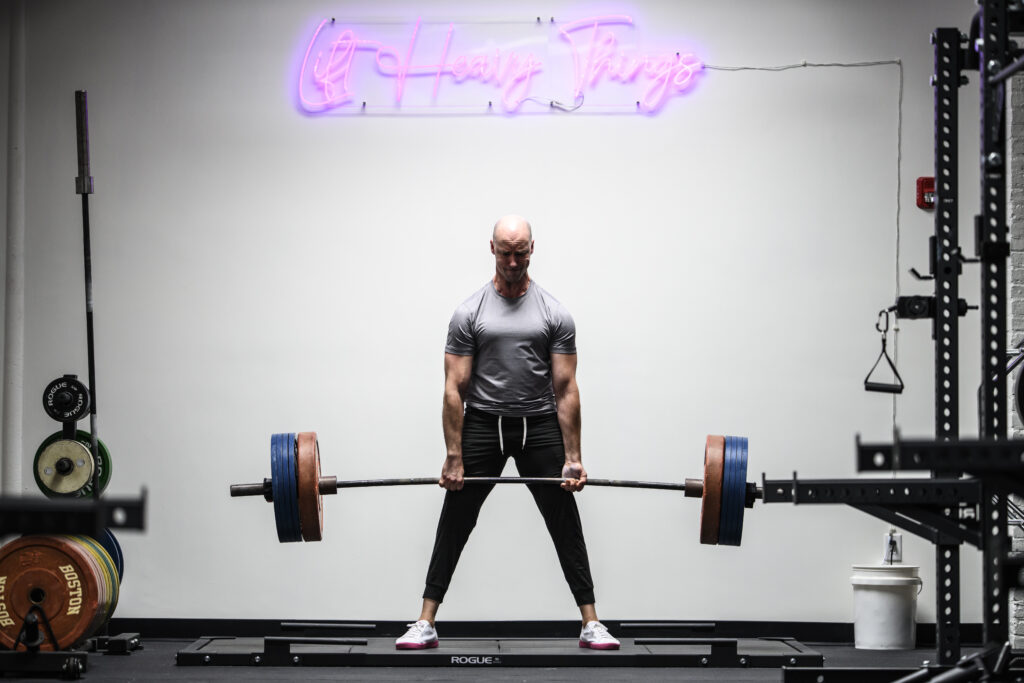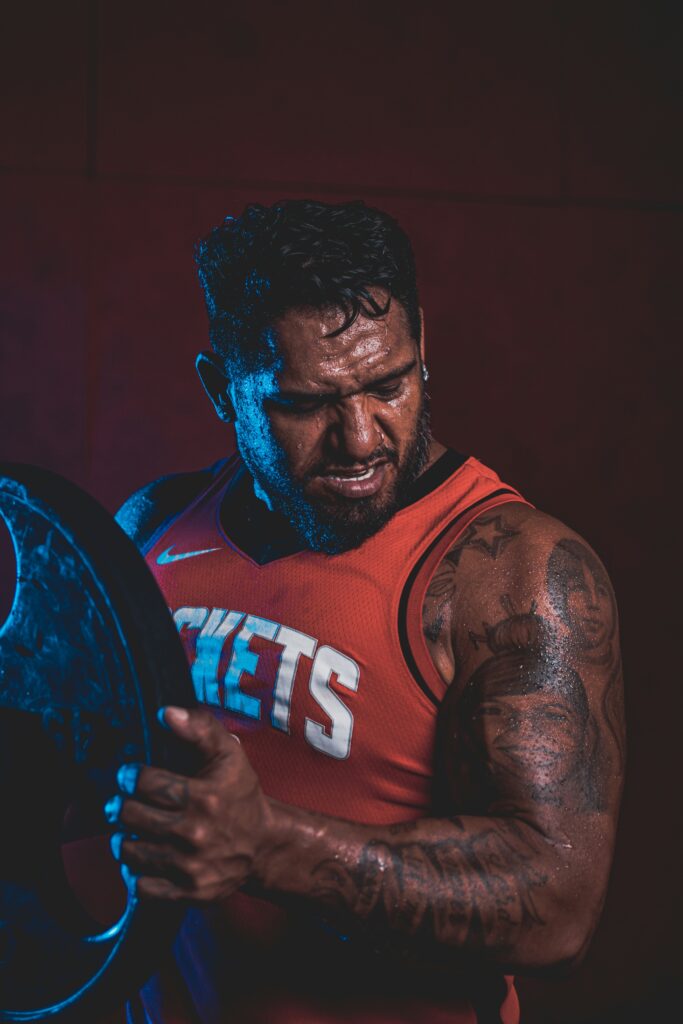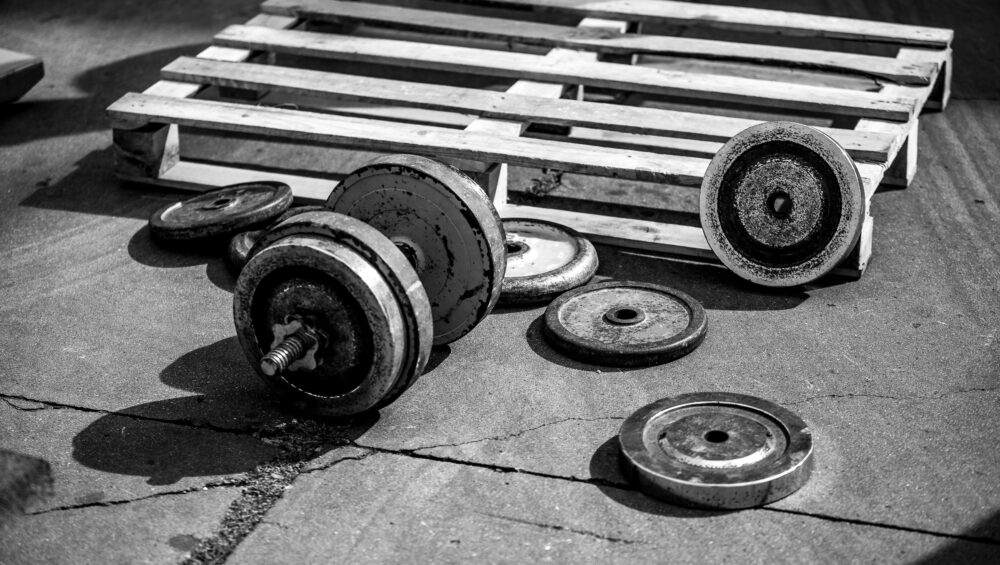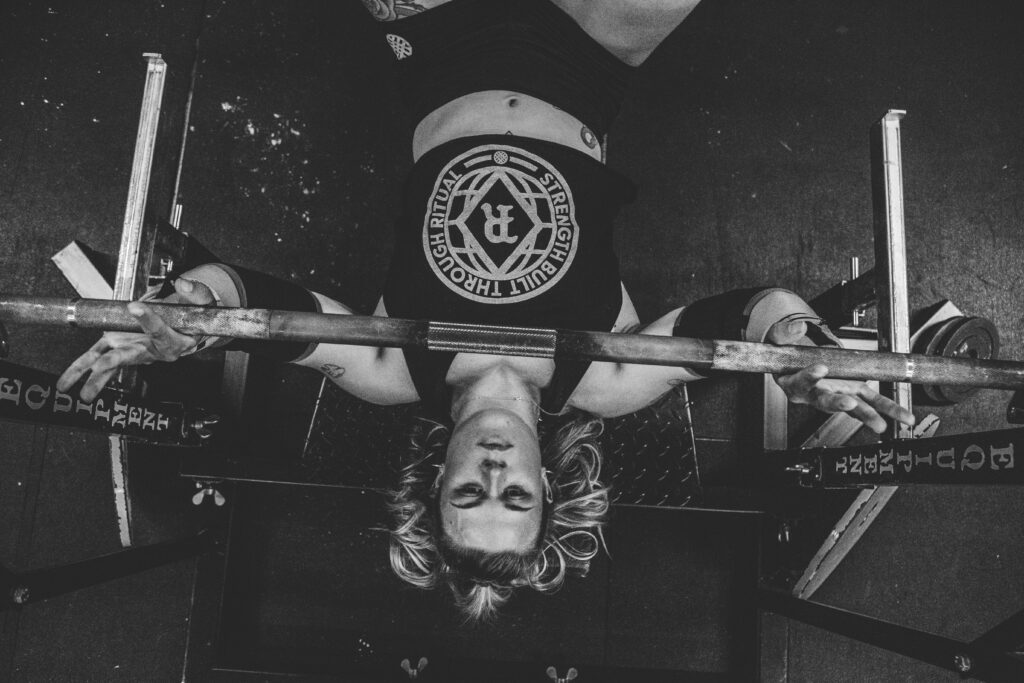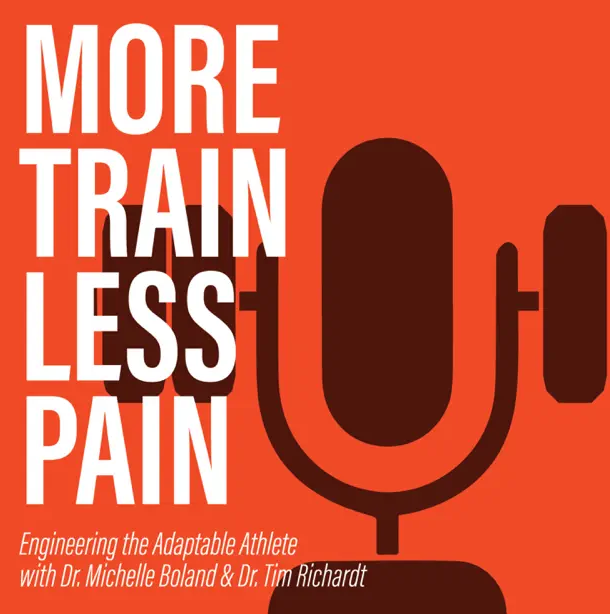Anyone who grew up in the 80s and 90s is likely very familiar with the video game Super Mario Bros. I had my introduction to the game the morning of December 25, 1987 after spending half an hour going mental once I realized Santa had dropped off a Nintendo Entertainment System underneath our Christmas tree.
Back in those days each system came with a few “complimentary” games: Super Mario Bros and Duck Hunt. The latter of which was included if you also had the system that came with the Zapper Gun.
Mine did.1
Anyways, Super Mario Bros has since had, I don’t know, 47 different iterations and has become a recognizable icon in our cultural fabric. As it happens my wife and I have a funny thing we do that’s a subtle reference to the game whenever we’re around each other and need a little “pick-me-up.” As an example she may hit up her Nespresso machine for a quick caffeine fix and I may inject an energy drink directly into my left ventricle.
What follows is often a sarcastic “bloop, bloop, BLOOP” sound that one of the two of us will make. You know, the same sound little Mario makes when he comes in contact with a Super Mushroom and becomes Super Mario.
HAHAHAHAHAHAHA.2
Really, though, anything that provides a bit of a boost or “power up” can be substituted here. A large glass of water, a power nap, a zombie Apocalypse, anything.
Even your workout.
Your workouts don’t always have to be a grind or always make you collapse in a pool of your own sweat. There’s a time and place for that of course. Like I always say, lifting weights or training isn’t supposed to tickle. However I find far too many people fall into the trap where they’re more concerned with constantly killing themselves in the gym – be it because they feel that’s the only way to make progress, or worse, to win some sort of popularity contest on social media – rather than make a concerted effort to get better, see results, and/or work towards a legitimate goal.
Training with purpose or with a goal in mind is never a bad approach. That being said, every training session doesn’t have to be life or death. I think it was Paul Carter who came up with the idea of 80% workouts.
- 10% of the time you will feel like garbage. These workouts are the worst. It happens. It’s likely you’ll need a change of plan.
- 10% of the time you will feel amazing. You walk into the gym and feel like you could beat Jason Bourne in a fist fight.
- 80% of the time you’re just, you know, there. Nothing spectacular.
It’s those 80% “meh” workouts that matter most. You get in, do the work, don’t miss any reps, and move on with your life. Instagram doesn’t even have to know about it. It’s unsexy and boring, but it’s that consistent attack on being consistent that we should all strive for.
I don’t want to leave you hanging. What do you do when you walk into the gym, have an epic session planned, but one of those 10% days happen where you feel like a bag of dicks? On one hand you could just reverse trek, hop back into your Camaro, go home and crush a steak. On the other, you could still workout…but in a way that will enhance recovery and help you feel like a million bucks.
The Bloop, Bloop, Bloop Workout
The following are some Super Mushroom options to help turn you turn Little Mario into Big Mario.
Option 1: Glutes/Core/Bodyweight
I see Bret Contreras use the option often and it makes a lot of sense. Your glutes and core musculature tend to be harder to fatigue and can generally handle a little more volume without it affecting your subsequent training sessions.
Plus most people could use some additional work in those areas anyways.
Here’s a favorite circuit I like to use myself (and with my clients):
A1. Band Resisted Hip Thrust x 15 or Frog Pumps x Infinity (<— 25-50+ reps)
A2. TRX Row x 10-15
A3. Bodyweight Squats x 15-20
A4. Yoga Push-Up Complex x 5/side
A5. Birrdogs w/ Band RNT – x10/side
A6. Half Kneeling Hip Hinge Matrix – x3-5/each/side
The idea is to perform in circuit fashion with 60s rest at the end. I like to shoot for a total of five rounds. Total work time = roughly 10-15 minutes.
Option 2: I’m an Athlete Tony, Treat Me Like One Dammit!
Alternatively we can implement what’s referred to as a Neural Charge Workout.
What’s a neural charge you ask? It’s simply a way to train the CNS in an efficient and non-ball busting way (<=== how’s that for science?).
Implementing more of this type of training is a great way to not only help with recovery, but also to improve inter and intramuscular coordination, increase recruitment of high-threshold motor units, increase rate coding, and lets be honest: it’s just plain fun.
As well, I’d even argue it’s a great way to decrease joint stress (as your utilizing (mostly) concentric based movements), not to mention there’s an obvious metabolic component as well. And it gets people more athletic.
Nevertheless the basic premise is this: Pick 5-6 exercises or drills and perform them as explosively as possible in circuit fashion. I should also note that it’s important to allow full recovery between each exercise. So when I say circuit fashion it’s not like you’re going to rush through it. And you’re not going to perform many total reps. I’d say 3-5 max.
A1. Band Resisted Broad Jumps – x3-5
A2. Med Ball Floor Stomps – x3-5
A3. Sprinter Step-Up – x3-5/leg
A4. Explosive Push-Up to Box – x3-5
Height of the boxes (or steppers) will vary here depending on ability.
A5. HAS (Heavy As Shit) KB Swing – x3-5 (you know, heavy)
This is where I may swing the beast around like a boss.
What’s listed above are just options. You can substitute anything you’d like in their place: box jumps, Heidens, 10 yd starts, pressing variations vs. chains, or whatever.
The important thing to consider is alternating between upper and lower body exercises, and if you’re going to include things like med ball work, core specific work, OLY lift variations, sled work, and the like, you need to put some thought into the order.
From there, as noted above, you’re gong to cycle through the exercises (making sure to recover between each) for a specific number of rounds or for a specific amount of time. Six rounds takes me around 12-15 minutes which is just about right in my book.
Remember: the idea here isn’t to hate life and train until you shit a liver. If anything after this type of session you should feel refreshed and ready to take on the world. This is what I mean by Bloop, Bloop, Bloop. You should feel energized and good after this session.
There’s a bit of autonomy and personal preference with regards to exercise selection, but I’d caution against going overboard. Stick to “easy” stuff for no more than 3-5 repetitions. Try to shoot for no more than 15 minutes of work and GO HOME.
Seriously, go home.








